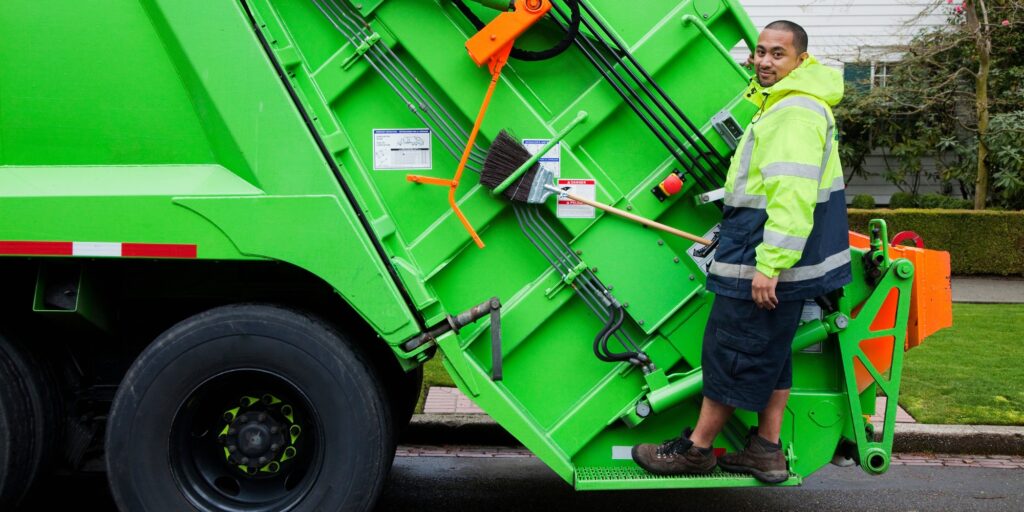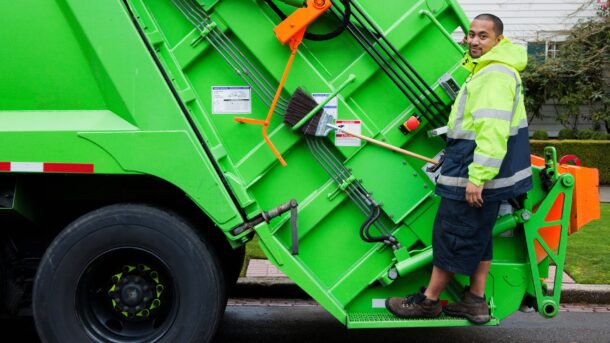
Cities today face major waste management challenges. As populations grow, waste management costs keep rising. Currently, urban areas spend $50-$150 per ton on waste management services. In fact, waste collection alone uses 50-70% of these budgets.
The good news? Many cities are finding smarter waste management solutions. These approaches save money while improving service. Let’s examine five effective waste management strategies that deliver real results.
1. Minimizing Missed Collections for Greater Efficiency
Missed collections hurt waste management efficiency because:
- Each missed stop adds 45 minutes to routes
- Extra trips waste fuel and money
- Costs rise 10-15% annually
Solution
(1)GPS systems cut missed pickups by 90%
(2) Driver apps confirm completed stops
2. Smarter Routing for Collection Services
Outdated routes create several problems:
- Uneven distribution of work among crews
- Excessive idling wastes 15-20% of fuel
- Accelerated vehicle deterioration
Case Study Results:
(1)22% faster completion times
(2) 35% reduction in overtime hours
(3) 18% decrease in fuel usage
3. Scheduled System for Large Item Disposal
Traditional methods prove inefficient:
- Nearly half of special trips are unnecessary
- Disrupts regular collection schedules
- Contributes to illegal dumping issues
Program Success Metrics:
(1)75% reduction in dumping incidents
(2) 30% cost savings
(3) 92% approval from residents
4. Enhancing Workforce Capabilities
Frontline staff offer untapped potential:
- Digital tools for real-time adjustments
- Incentives for innovative suggestions
- Cross-training initiatives
Measurable Outcomes:
(1) 15-25% productivity gains
(2)40% fewer on-the-job injuries
(3)Improved staff retention rates
5. Consistent Policy Implementation
Effective regulations require enforcement:
- Graduated penalty system
- Automated violation detection
- Transparent reporting
Documented Benefits:
(1) 60-80% compliance rates
(2) 25% reduction in cleanup costs
(3) Increased recycling participation
The Future: Transitioning to Electric Fleets
Emerging technology offers advantages:
(1)60-70% lower maintenance expenses
(2) 80% reduction in fuel costs
(3) Significant noise reduction
Funding Opportunities:
- Federal clean vehicle programs
- Energy department incentives
- State-level initiatives
Conclusion: Building Better Community Services
These approaches demonstrate how municipalities can:
(1)Achieve substantial cost savings
(2)Enhance environmental sustainability
(3)Deliver improved public services
Next Steps: Begin by evaluating which solution best addresses your community’s most pressing needs.



